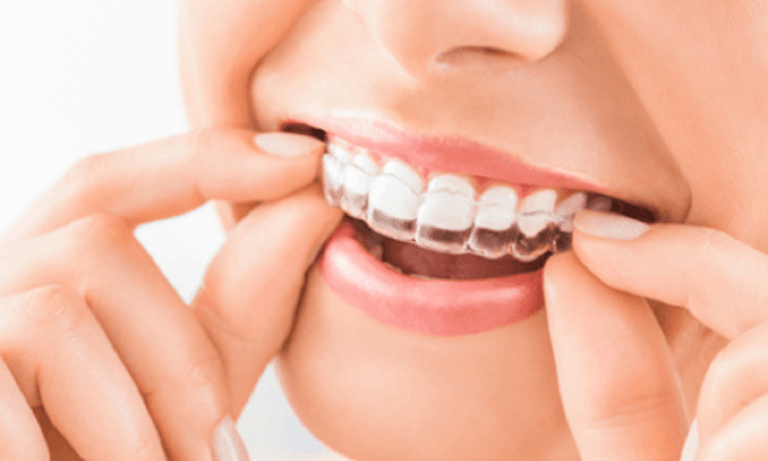Invisalign is a relatively newer way of straightening your teeth without wearing metal braces. With almost 3 million patients worldwide, it’s the market-leading clear aligner and one of the most popular ways to achieve a gorgeous smile. Most people picture traditional metal braces when they hear about orthodontics, but today there are so many options.
What is the cost of Invisalign?
Invisalign is more affordable than metal braces. With dental insurance, traditional braces usually run over $5,000, while Invisalign averages between $3,000 and $7,000. Without insurance, the cost for clear aligners is currently around $1,500 to $2,500. The cost depends on the severity of your case and how many trays you need. Remember that the earlier you start treatment, the less it ends up costing overall.
How much does Invisalign cost without insurance?
The cost of treatment without insurance is $1500 to $2500 per set or $3000 to $5000 for the finished product. Your dentist may charge an additional fee for impressions. The average price of having metal braces is about $5,000 if you have dental insurance, so it’s clear to see why so many people opt for Invisalign. Keep in mind that the earlier you start treatment, the less it will end up costing overall. It can take about 6 months to 2 years to straighten teeth, depending on your particular case. If you’re interested in straighter teeth and want a gorgeous smile, then Invisalign might be worth checking out!
What does this mean without insurance coverage?
Without insurance coverage, most people pay for Invisalign from their own pocket. The cost of Invisalign with dental insurance usually ranges from 50%-100%. For example, when you have a $1,000 deductible, then the first $1,000 is your responsibility after insurance pays its portion. However, what you pay varies by provider and other factors. If you’re interested in wearing the leading aligner system to straighten your teeth without traditional metal braces, ask your dentist about financing options available exclusively for his patients.
Are there any alternatives if I want straight teeth but lack the funds to pay for Invisalign?
Although you may not be able to use Invisalign, there are other alternatives for aligning your smile. Ask your doctor about any promotions or free whitening trays they might have available, which can take years off of your appearance and make a big difference with photos. There are also fixed braces, ceramic and metal brackets, and removable appliances such as clear braces. Additionally, you can try DIY orthodontics by using a simple over-the-counter teeth whitening kit. The best way to fix a misaligned or crowded smile is with an evaluation from your dentist. This way, you can still achieve the smile you’ve always wanted but on a more conservative budget.
What tips can you use to save money on braces, even with insurance coverage?
Besides the usual cost-saving strategies like using a dental savings plan or taking advantage of promotions and discounts, there are certain tips you can use to get the best price on Invisalign, even with dental insurance coverage. Most companies require a copay before they cover any additional services, but if you pay the entire cost upfront, then you may receive 100% coverage. This is why it’s important to call around and ask about financing options such as interest-free payment plans. Also, ask about how much of the cost your insurance company will cover after meeting your deductible. If there’s a $1,000 deductible, then you’d be responsible for paying the first $1,000 out-of-pocket while your insurance would kick in once that fee is reached. However, keep in mind that many providers offer discounts for cash payments or other special offers. Ask about other non-surgical procedures such as teeth whitening and porcelain veneers. These minimally invasive treatments can save you money while still giving you that Hollywood smile.
In conclusion, the cost of Invisalign without insurance will vary, but it’s important to do your research and arrive at an informed decision. Discuss all available options with your dentist, including financing plans, promotions, discounts, and other cost-saving strategies. All this information is based on averages but remember that every case is unique, so prices may vary depending on your location, treatment plan, and individual dentist’s approach. If you’re looking for the best possible value, do all your research before scheduling an appointment with a specialist.



Comments are closed.